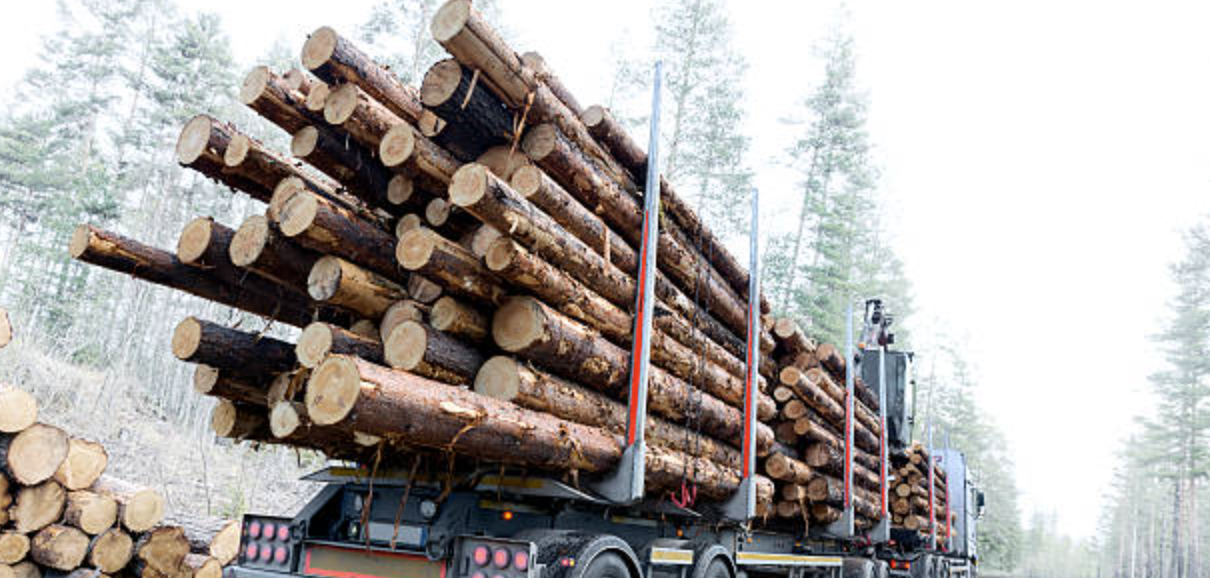As former President Donald Trump implements new tariffs on Canada and Mexico, many industries—including home construction—are evaluating how these changes could impact pricing. With tariffs on lumber, steel, and aluminum, builders in cities like Austin, Texas could face increased material costs, which may influence home prices in the coming months and years.
While it’s still too early to determine the full effects of these policies, here’s a look at how tariffs could affect Austin’s housing market and what buyers should keep in mind.
What Are the New Tariffs?
Trump’s administration has introduced new tariffs aimed at protecting U.S. manufacturers by raising import costs on certain goods. These tariffs include:
- Lumber tariffs on Canada: Many U.S. homebuilders rely on Canadian softwood lumber, which is used for framing and other structural components.
- Steel and aluminum tariffs on Mexico: These materials are essential for multi-family developments, commercial buildings, and certain home construction elements.
By increasing the cost of these imported materials, the tariffs could have a direct impact on construction costs and, by extension, new home prices.
How Tariffs Could Impact New Home Prices in Austin
Austin has been one of the fastest-growing housing markets in the U.S., with new developments fueling population growth. If material costs rise due to tariffs, builders in Austin may face challenges such as:
- Higher costs for new construction: If lumber, steel, and aluminum prices increase, developers may pass those costs onto buyers.
- Slower housing development: Some projects could be delayed or scaled back if construction costs become too high.
- Increased competition for resale homes: If new builds become less affordable, demand for existing homes may rise, affecting overall market competition.
According to past trends, similar tariffs have previously led to price hikes. For example, when tariffs were imposed on Canadian lumber in 2017, the National Association of Home Builders (NAHB) estimated that the cost of an average new home increased by around $9,000. If the new tariffs result in similar price shifts, buyers looking for new construction homes in Austin may need to budget for higher costs.
Will Austin’s Housing Market Remain Strong?
While tariffs could contribute to rising home costs, Austin remains a desirable location for homebuyers due to:
- A strong job market: Major companies continue to expand in Austin, keeping demand for housing high.
- Ongoing population growth: People continue moving to Austin, increasing demand for housing despite market fluctuations.
- Alternative construction strategies: Builders may seek cost-effective solutions, such as using alternative materials or streamlining designs to reduce expenses.
Ultimately, while tariffs may influence prices, Austin’s market fundamentals are expected to keep housing demand steady.
What Should Homebuyers in Austin Do?
If you’re considering buying a home in Austin, here are a few things to keep in mind:
- Monitor market trends: Stay informed about how material costs and home prices evolve.
- Explore different home options: If new builds become too expensive, consider resale homes or alternative housing options.
- Work with a knowledgeable real estate agent: An experienced realtor in Austin can help you navigate price fluctuations and find the best deals.
Find the Right Home in Austin
Austin’s housing market remains one of the most attractive in the country, even with potential construction cost increases. Whether you’re looking for a newly built home or an existing property, working with an experienced realtor in Austin can help you make the best decision.
Contact Brendan Sanford today at (512) 696-0673 or email him at [email protected] to discuss your home-buying options. With the help of an experienced realtor in Austin, you can find the perfect home at the right price.
